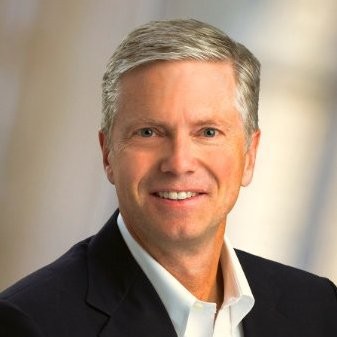- Video Library
- Michael Finegan, Acera Surgical - Soft Tissue Repair Company | LSI USA '24
Michael Finegan, Acera Surgical - Soft Tissue Repair Company | LSI USA '24

Michael Finegan
Proven ability to deliver results that exceed budgeted expectations. Expertise in launching new products and re-launching established products. Ability to work with cross functional groups, negotiate contracts and successfully close deals. Consistently promoted from within as a result of strong interpersonal skills coupled with business acumen. Excellent verbal and written communication skills; proven ability to build strong customer relationships through excellent customer service
Michael Finegan
Proven ability to deliver results that exceed budgeted expectations. Expertise in launching new products and re-launching established products. Ability to work with cross functional groups, negotiate contracts and successfully close deals. Consistently promoted from within as a result of strong interpersonal skills coupled with business acumen. Excellent verbal and written communication skills; proven ability to build strong customer relationships through excellent customer service

17011 Beach Blvd, Suite 500 Huntington Beach, CA 92647
714-847-3540© 2025 Life Science Intelligence, Inc., All Rights Reserved. | Privacy Policy







